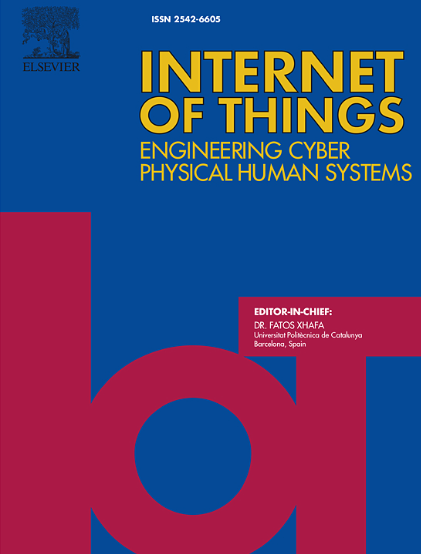Joint trajectory and incentive optimization for privacy-preserving UAV crowdsensing via multi-agent federated reinforcement learning
IF 7.6
3区 计算机科学
Q1 COMPUTER SCIENCE, INFORMATION SYSTEMS
引用次数: 0
Abstract
UAV-assisted mobile crowdsensing (MCS) presents a promising paradigm for enhancing data collection in smart city environments, but faces a critical systems challenge: the intricate coupling between spatial trajectory planning, economic incentive mechanisms, and information-theoretic privacy guarantees. Traditional approaches addressing these dimensions in isolation often lead to suboptimal performance. In this paper, we propose PRISM, a unified framework designed around a holistic optimization approach with three components. First, PRISM models the strategic interactions among Service Providers, UAVs, and ground devices through a multi-level Stackelberg game, capturing the hierarchical economic dynamics that influence participation decisions. Second, it incorporates a privacy-aware incentive mechanism that explicitly links UAV navigation decisions to privacy constraints, dynamically managing the privacy-utility trade-off based on data quality. Third, to address the resulting multi-objective optimization across distinct decision timescales, we introduce TMFR, a Two-timescale Multi-agent Federated Reinforcement Learning algorithm that enables UAVs to collaboratively learn policies for both spatial navigation and incentive allocation. Experimental evaluations demonstrate that TMFR achieves 30% faster convergence and 20% higher data quality compared to baselines that optimize only subsets of the problem. These results highlight its suitability for next-generation smart city applications.
基于多智能体联合强化学习的无人机群体感知联合轨迹与激励优化
无人机辅助移动众感(MCS)为增强智慧城市环境中的数据收集提供了一个有前途的范例,但面临着一个关键的系统挑战:空间轨迹规划、经济激励机制和信息论隐私保障之间的复杂耦合。单独处理这些维度的传统方法通常会导致性能不理想。在本文中,我们提出了PRISM,这是一个围绕整体优化方法设计的统一框架,包含三个组件。首先,PRISM通过多层次的Stackelberg博弈模拟了服务提供商、无人机和地面设备之间的战略互动,捕捉了影响参与决策的分层经济动态。其次,它结合了隐私感知激励机制,将无人机导航决策明确地与隐私约束联系起来,动态地管理基于数据质量的隐私-效用权衡。第三,为了解决在不同决策时间尺度上产生的多目标优化问题,我们引入了TMFR,一种双时间尺度多智能体联邦强化学习算法,使无人机能够协同学习空间导航和激励分配的策略。实验评估表明,与只优化问题子集的基线相比,TMFR的收敛速度提高了30%,数据质量提高了20%。这些结果突出了它对下一代智慧城市应用的适用性。
本文章由计算机程序翻译,如有差异,请以英文原文为准。
求助全文
约1分钟内获得全文
求助全文
来源期刊

Internet of Things
Multiple-
CiteScore
3.60
自引率
5.10%
发文量
115
审稿时长
37 days
期刊介绍:
Internet of Things; Engineering Cyber Physical Human Systems is a comprehensive journal encouraging cross collaboration between researchers, engineers and practitioners in the field of IoT & Cyber Physical Human Systems. The journal offers a unique platform to exchange scientific information on the entire breadth of technology, science, and societal applications of the IoT.
The journal will place a high priority on timely publication, and provide a home for high quality.
Furthermore, IOT is interested in publishing topical Special Issues on any aspect of IOT.
 求助内容:
求助内容: 应助结果提醒方式:
应助结果提醒方式:


